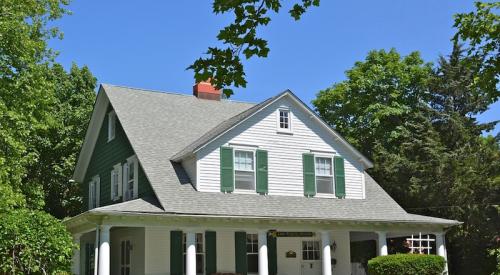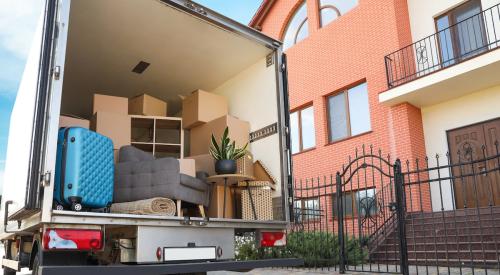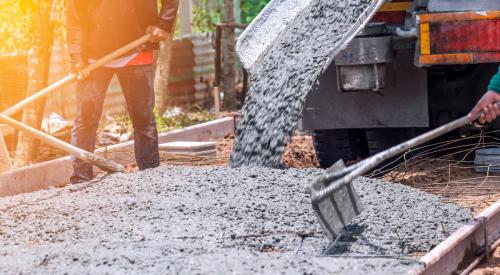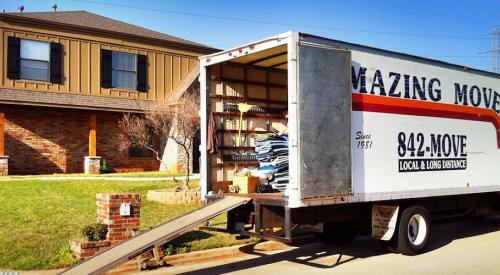Over the past 30 years, the share of the population that moved within the country has continued to decline. Between 1984 and 1985, the migration rate was at about 20 percent, but the most recent rate for 2014-2015 has dropped all the way down to 11 percent.
For both short distances and long distances, migration rates are experiencing substantial slowdowns, NAHB’s Eye on Housing blog reports. Short-distance migration rates, defined as a move within the same county, dropped to 7.6 percent in 2014-2015.
Long distance-migration, defined as moving across counties or states, saw a drastic decrease, as well. People moving to a different county within the same state dropped to 2.1 percent compared to 3.5 percent in 1984-1985. Migration that occurred between states fell to 1.6 percent in 2014-2015, down from the 4 percent rate seen in the late 80s.
While migration rates are down across the board, it is young adults that have experienced the greatest decline in migration rates. Since 2000, young adults in the 20 to 34 age group have seen the steepest decline in migration rates. From 1999-2000, 35 percent of young adults between the ages of 20 and 24 and 27 percent between the ages of 25 and 34 changed their residences. In 2014-2015 those rates decreased to 23 percent and 20 percent respectively. The lingering effects of the Great Recession may be to blame as a weakened job market and delays in household formation can hurt migration rates.
The extreme slowdown in migration rates as a whole can be attributed to the general aging of the population, the increase in two-career households, and rising homeownership rates.
To read the full report and view accompanying graphs, follow the link below.












